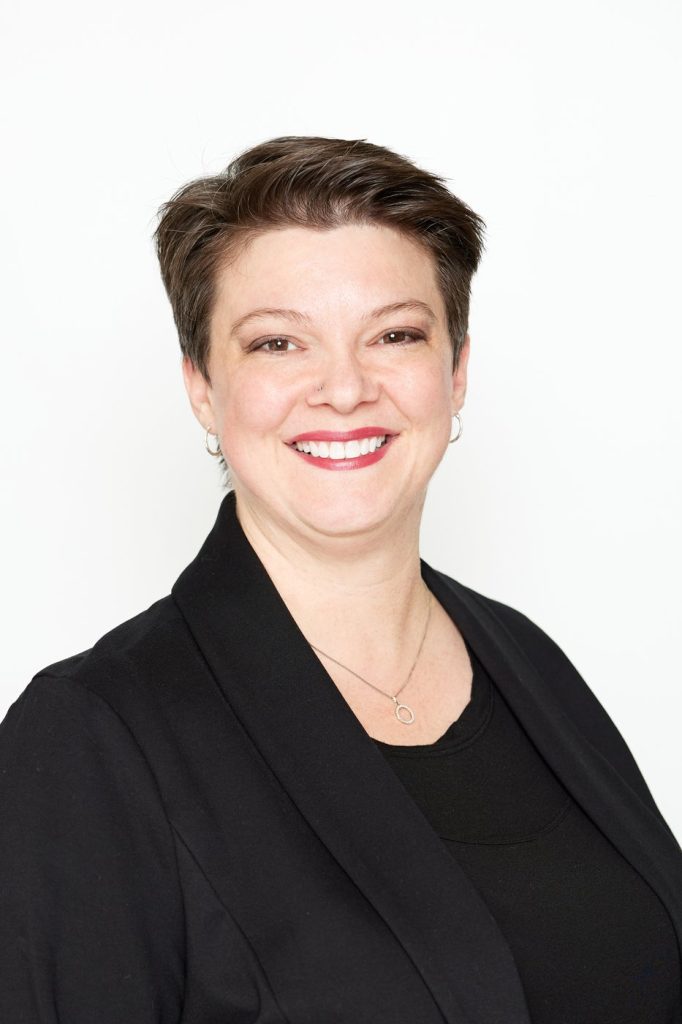Snowball, avalanche or consolidate: How to choose the right debt repayment method

Posted July 16, 2024 10:00 am.
Last Updated July 16, 2024 10:12 am.
While tackling any amount of debt is a feat, choosing an approach to pay off those loans that works best for you will make that journey a little bit easier.
The first order of business on the path to being debt free is taking stock of how much you owe, said Stacy Yanchuk Oleksy, CEO of Money Mentors.
Oftentimes, money becomes a feeling — “I feel stressed about it,” or “I feel hopeful about it,” blurring the real picture and actual numbers, she said.
“Take a deep breath, understand that it’s just debt, there are solutions available.”
Picking the right approach to paying down debt, and deciding whether to tackle it yourself or enlist the help of a professional, all depends on what aligns best with your life, Oleksy said.
For DIY-ers, go-to methods include the “snowball” and “avalanche” approaches.
Snowballing starts with listing the amount of all loans from smallest to biggest, and paying off the smallest in the queue first while keeping up with minimum payments on the rest of the loans.
Starting small gives a positive feeling of consistent wins, helps build momentum and maintains motivation to keep going, Oleksy said. The downside to the snowball approach is that the biggest loan still stands to be tackled after you fry the smaller fish first.
The avalanche method begins with paying off the loan with the highest interest rate first while still making minimum payments on the others.
For example, if there are five loans — student debt, a couple of credit cards, a line of credit and a car payment — all with varying interest rates, and about $1,000 in your pocket to dedicate to debt repayment each month, start with minimum payments on each, said Anne Arbour, director of partnerships and education at the Credit Counselling Society. Then use whatever remains to pay off the loan with the highest interest rate, she added.
“You’re going to put all your extra resources onto the highest interest rate because over time, that’s the one that’s costing you the most,” Arbour said.
Deciding which of the two methods will work best depends on the person, and there’s no wrong answer, Oleksy said. If a person has consistently not had success paying off debt, the snowball method could work best because it brings smaller wins under their belt.
“However, if somebody has a lot of debt, maybe chewing through some bigger debt first might feel like they’re accomplishing more,” she said.
The nature of the debt might affect the approach to paying it off, said Arbour. While some kinds of debt, like student loans, are more forgiving with fewer penalties, others, such as a mortgage, are not. That can help dictate what to prioritize.
Jason Heath, an advice-only certified financial planner with Objective Financial Partners, suggests prioritizing consumer debt such as credit cards — which tend to have relatively high interest rates — over other debt.
“The real killer tends to be unsecured consumer debt,” Heath said.
If credit card debt is piling up, he suggested speaking to a non-profit credit counsellor or consolidating it into a single loan.
Consulting a credit counsellor or consolidating loans through a bank can help speed up the repayment process because it combines the various payments into one fixed payment — typically with a lower interest rate, said Himank Bhatia, a credit counsellor at Credit Canada.
“Through this debt consolidation option, credit counselling agencies like us negotiate with the creditors to stop or reduce the interest rate,” he said.
While different strategies can make repaying debt easier, the fundamentals remain the same — knowing what can be realistically committed to in monthly loan payments.
This report by The Canadian Press was first published July 16, 2024.
Ritika Dubey, The Canadian Press








